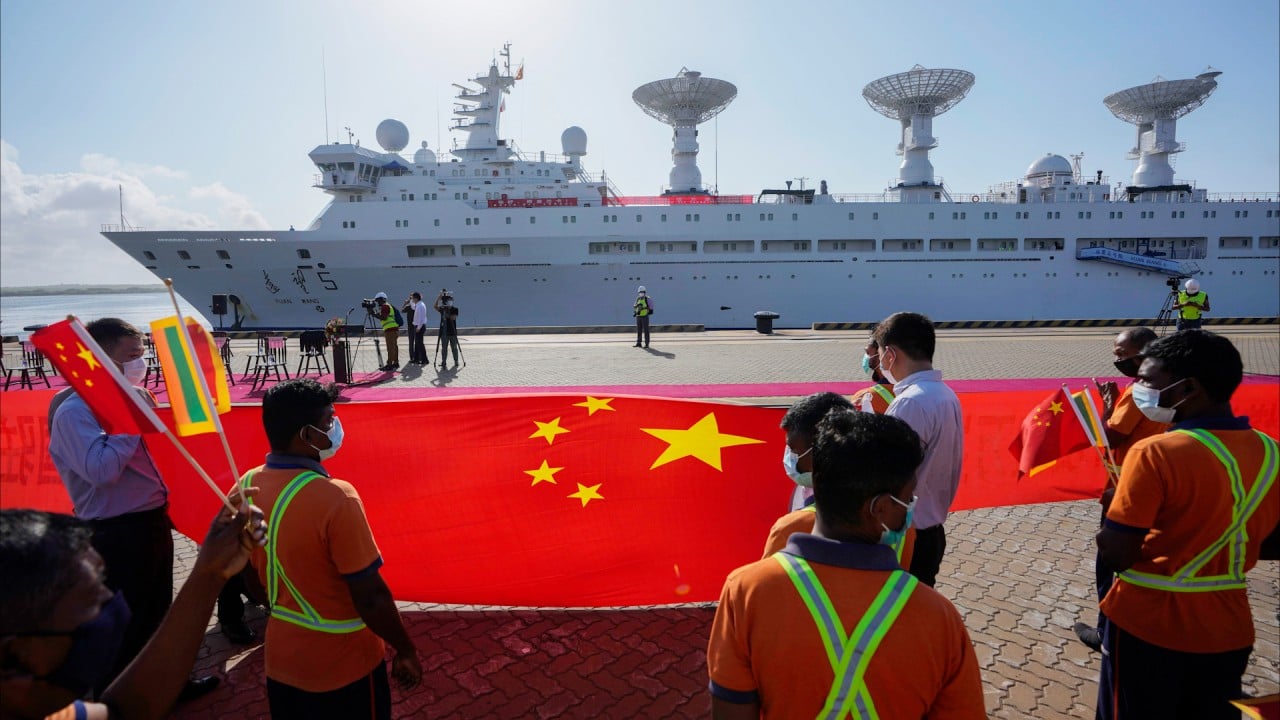
China faces US$50 billion shortfall in Southeast Asia as belt and road funds miss their mark
- A study by an Australian think tank has estimated a gap of over US$50 billion in China’s infrastructure pledges versus what has been built
- Projects in Southeast Asia have been delayed over political upheaval and a moratorium on fossil fuel energy projects, among other factors
A sizeable sum of infrastructure funding China has allocated to Southeast Asia has gone unfulfilled thanks to political instability in recipient countries, poor engagement with local stakeholders and a declining appetite for energy projects powered by fossil fuels, a new study from the Lowy Institute has found.
“This difference amounts to US$50 billion in unfulfilled project financing, with more than half allocated to projects that have been cancelled, downsized, or otherwise seem unlikely to proceed,” said Alexandre Dayant and Grace Stanhope, who co-wrote the report.
Large-scale infrastructure projects launched under the Chinese initiative are “a prominent feature of [the region’s] development landscape”, the authors wrote.
Among the 34 commitments to megaprojects in Southeast Asia recorded by the think tank, were 24 from China, six from Japan, three from the Asian Development Bank and one from South Korea.
China’s 24 projects were worth a combined US$77 billion in financing commitments, but also represent more than US$52 billion in implementation shortfalls. The average completion rate was 33 per cent, with eight projects worth about US$16 billion finished and another eight “on track”, although two have been “substantially downsized”.
“Five projects worth US$21 billion have been cancelled, while another three projects worth US$5 billion seem unlikely to proceed,” authors said.
Many overseas analysts attributed the changes to China’s deteriorating economic conditions and debt crises in borrowing countries.
China’s technical expertise touted as new vehicle for progress on belt and road
Authors named the East Coast Rail Link project in Malaysia, the Thailand-China high-speed railway, the PNR Bicol line and the Mindanao Railway in the Philippines, as well as a deep-sea port in Myanmar’s Kyaukphyu Special Economic Zone as projects affected by a change in political situations.
A history of poor engagement with local stakeholders has also limited the delivery of China’s infrastructure projects, they said, specifically referencing the Jakarta–Bandung high-speed railway in Indonesia and Phnom Penh Airport in Cambodia.
Belt and road projects also appear to “have been caught out” by rising imperatives to accelerate the clean energy transition, report authors said, citing the Vinh Tan 3 and Nam Dinh 1 coal-fired power plants in Vietnam.
Were Beijing to address the challenges enumerated in the report, and with cancelled projects excluded, the authors said that China could fulfil its Southeast Asian infrastructure commitments with a total expenditure of US$62 billion, making it the region’s largest development partner by a wide margin.
Even in a hypothetical scenario where Japan – the nearest contender – fulfilled all its outstanding obligations and China maintained its current pace, Dayan and Stanhope concluded, “Japan would still fall short of catching up with China’s infrastructure disbursements in Southeast Asia.”


